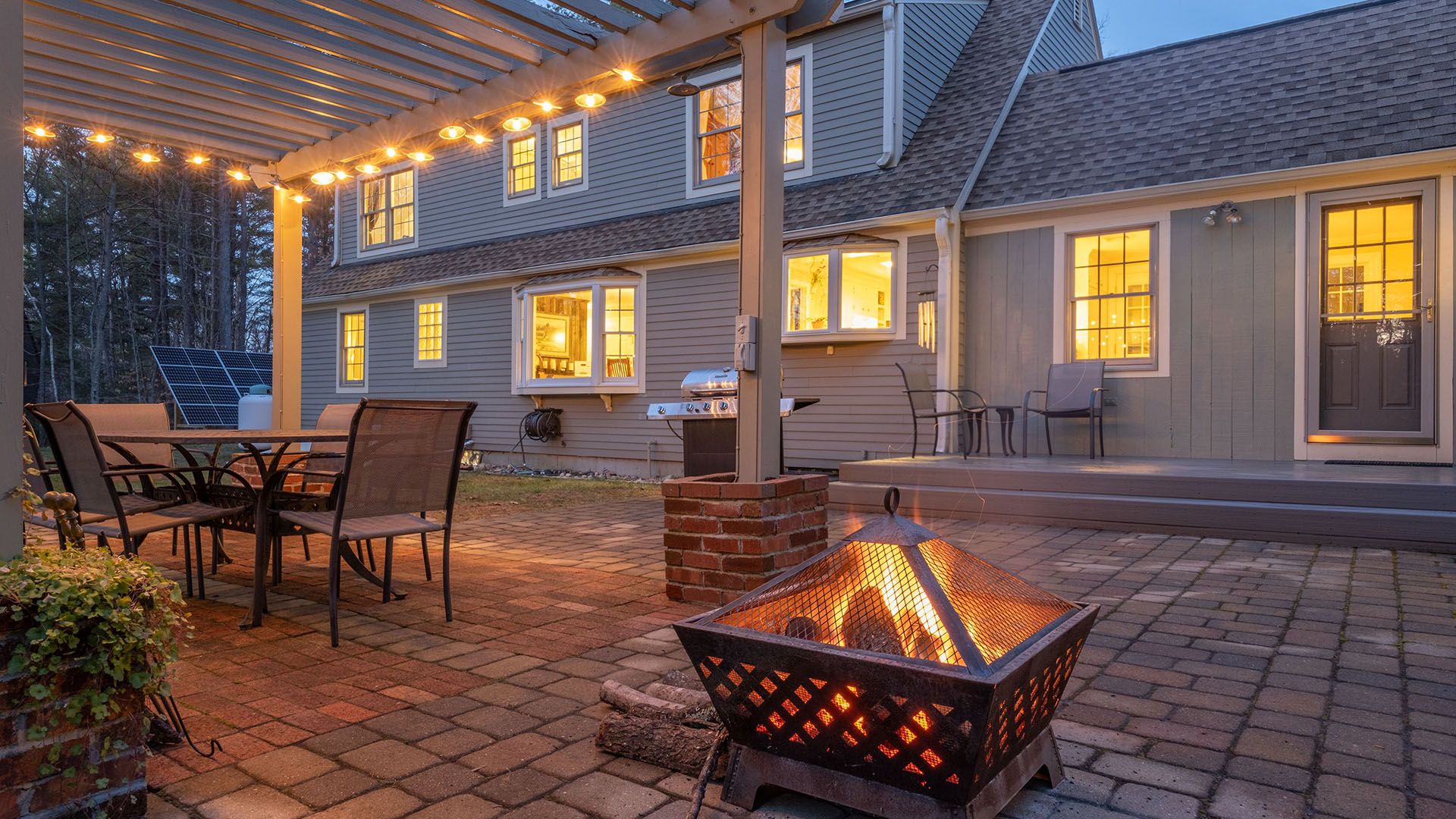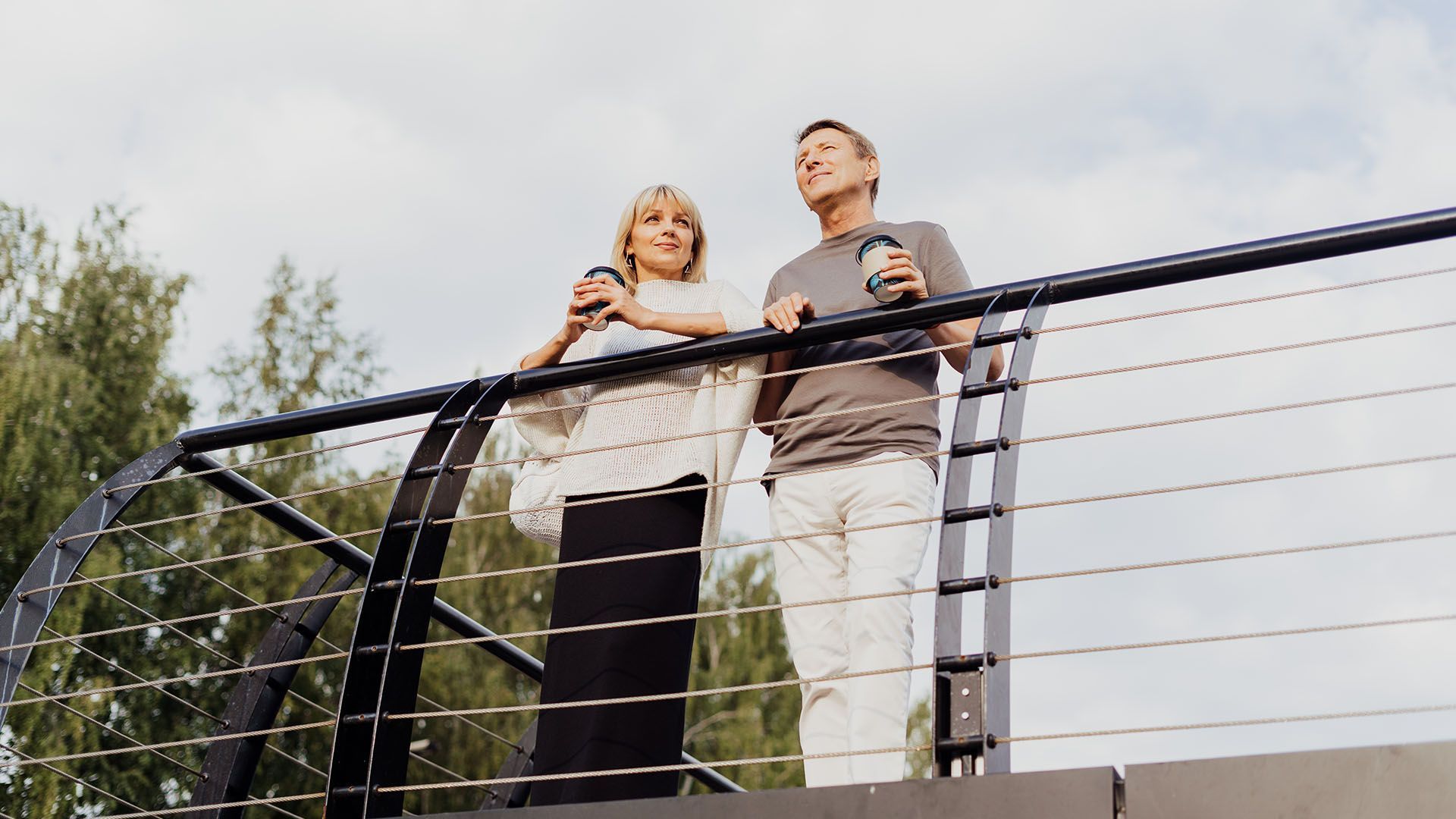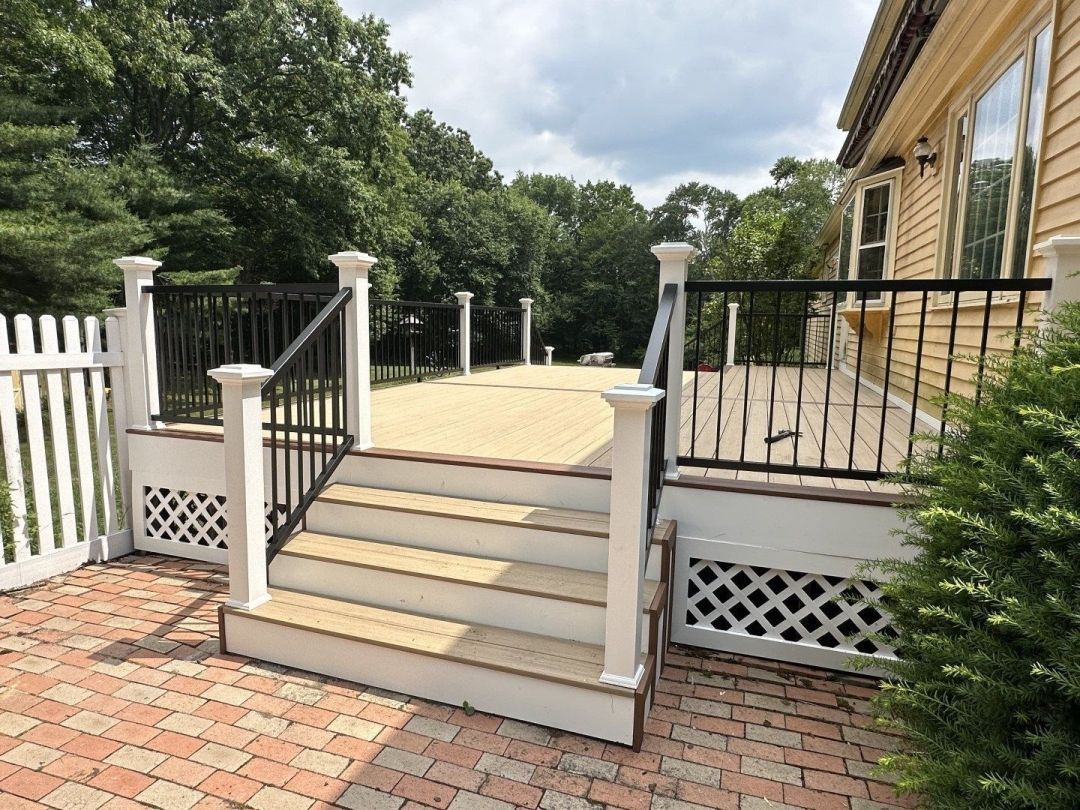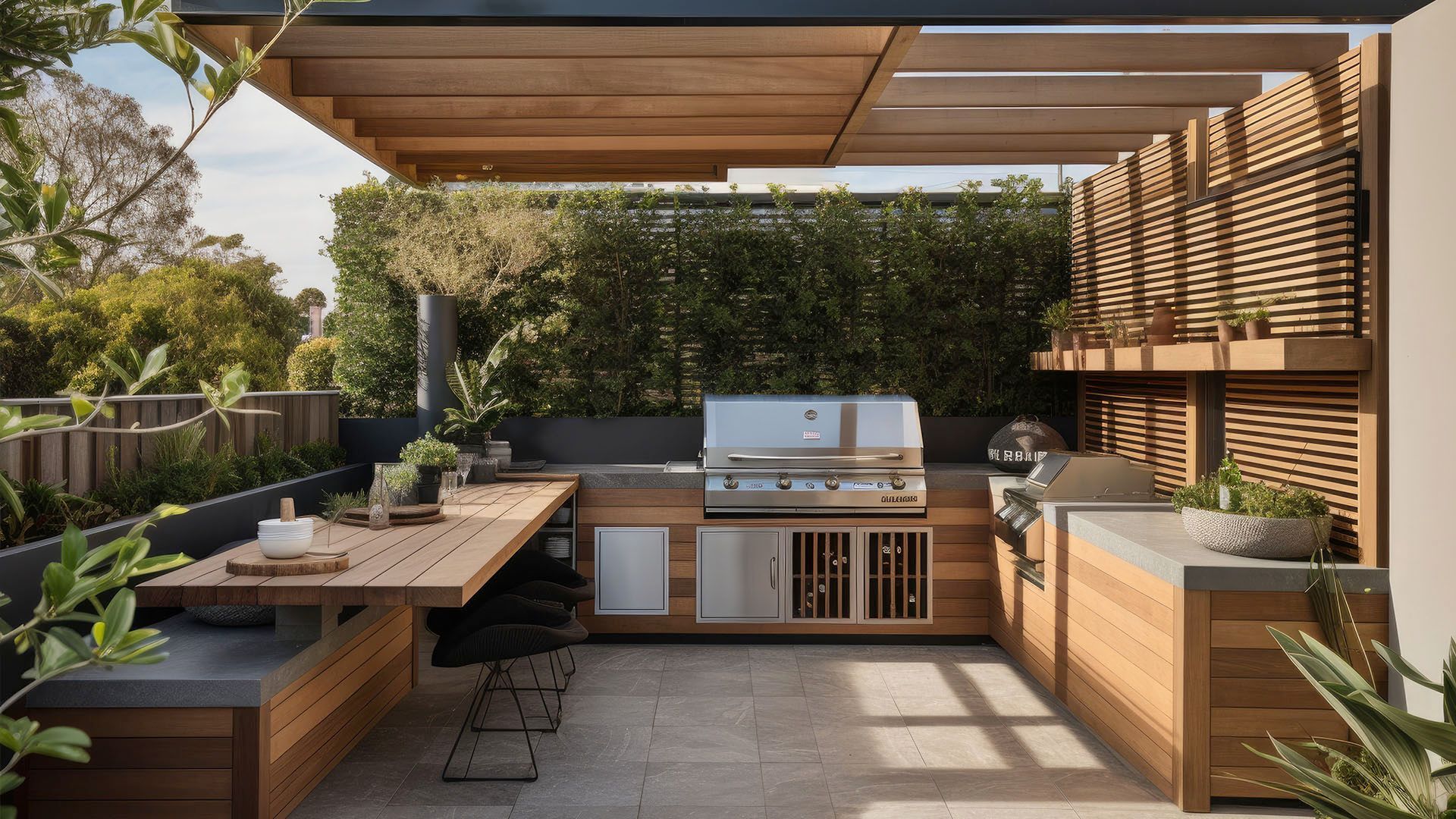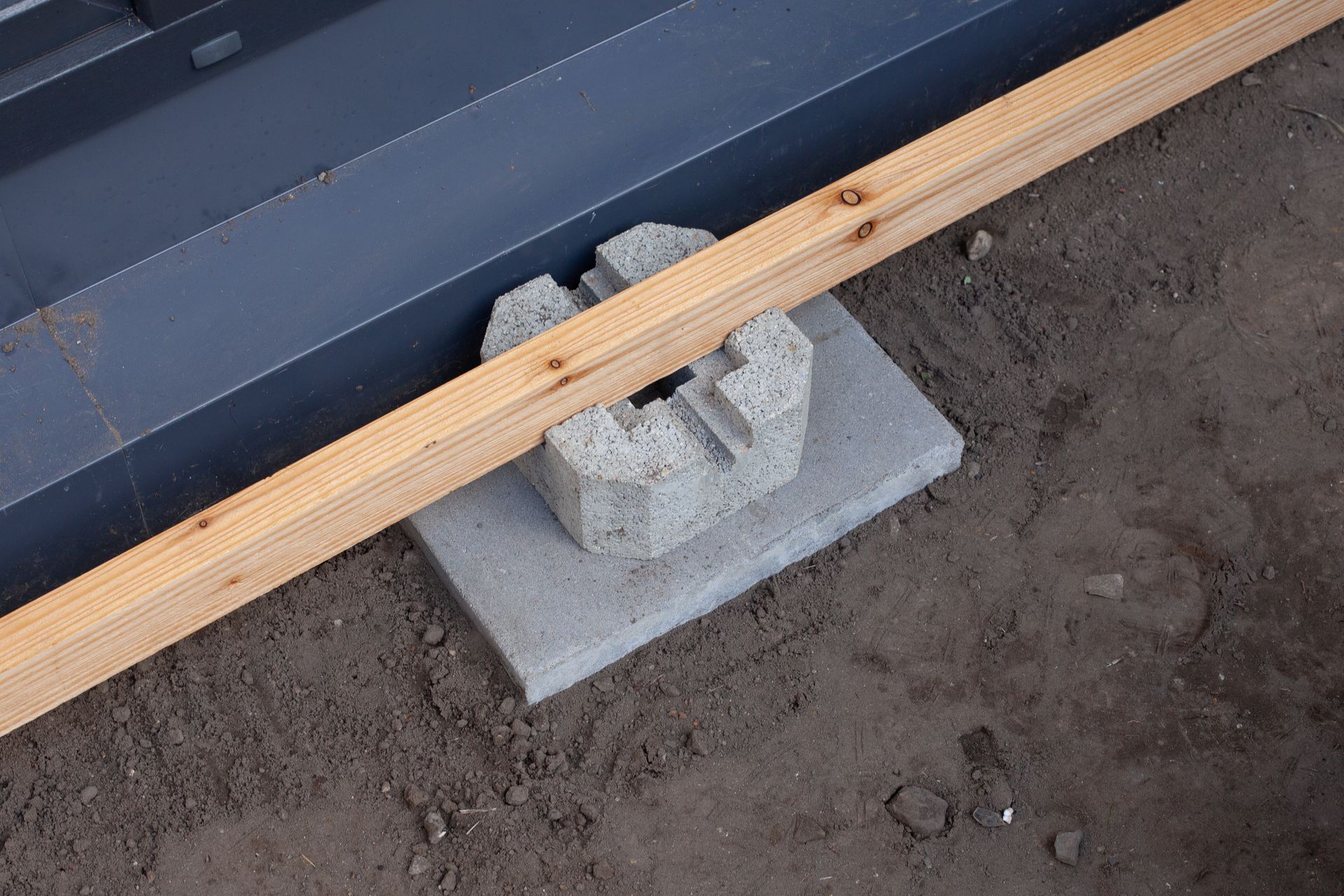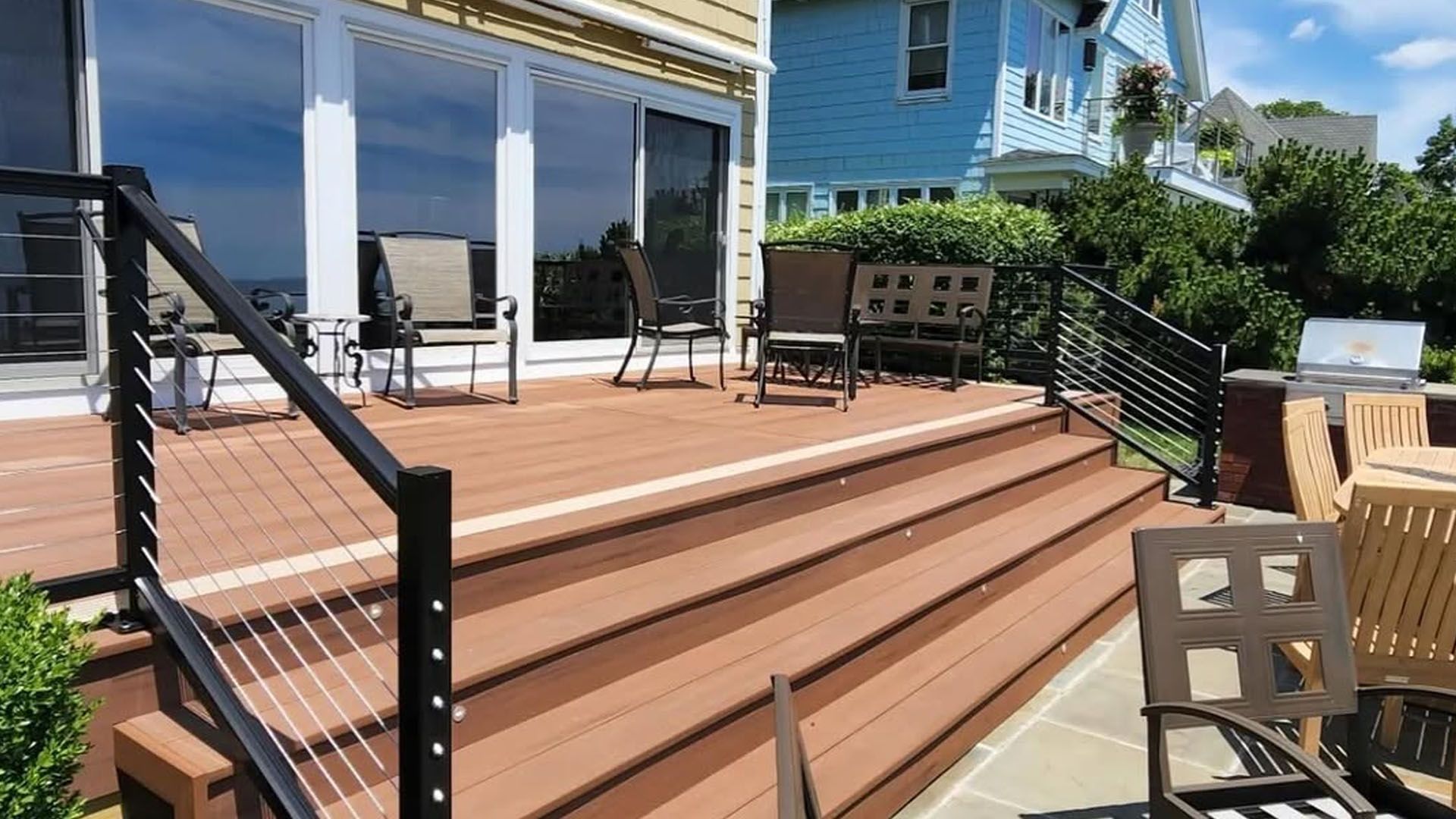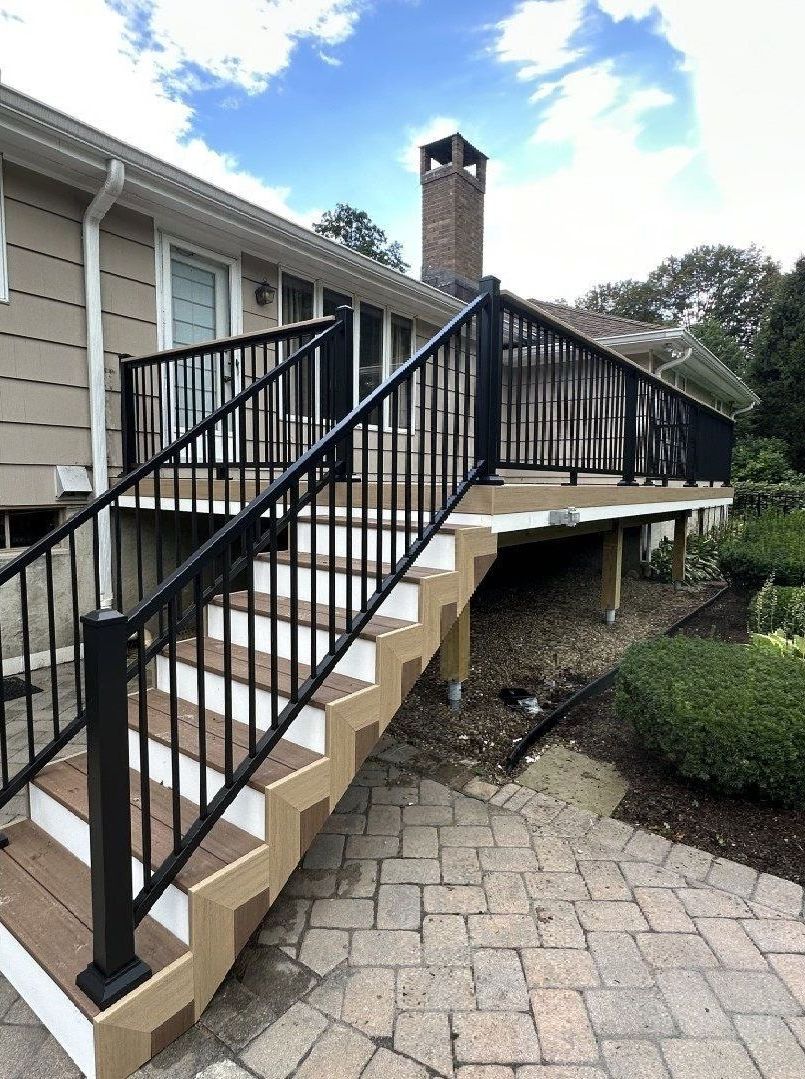TimberTech vs Trex: Which Composite Decking Is Better in 2025?
If you’re choosing between TimberTech and Trex, here’s the quick answer: both are proven, low-maintenance systems; your best pick depends on what you value most. If your priorities are cooler underfoot feel, elegant wood-like textures, and premium performance, TimberTech’s top lines—especially the AZEK (PVC) series—often win. If you want excellent value, wide availability, and time-tested composites with plenty of color options, Trex is hard to beat. Below we break down cost, durability, aesthetics, heat/fade/scratch resistance, installation, warranty, and best use cases so you can feel confident in your decision.
What’s the Core Difference?
Material & Construction
- TimberTech AZEK is PVC (no wood filler), delivering very low water absorption, excellent mold/mildew resistance, and typically cooler surface temps than many wood-plastic composites (WPC).
- TimberTech PRO & EDGE are
capped composites (WPC cores with polymer caps) at mid and value price points.
- Trex boards are
capped composites across its lineup (wood-plastic composite core with protective cap layers).
Why it matters: PVC boards (TimberTech AZEK) often perform best in high heat, high moisture, or ground-contact/low-clearance situations. Capped composites (TimberTech PRO/EDGE and all Trex lines) deliver excellent value and durability for most residential decks.
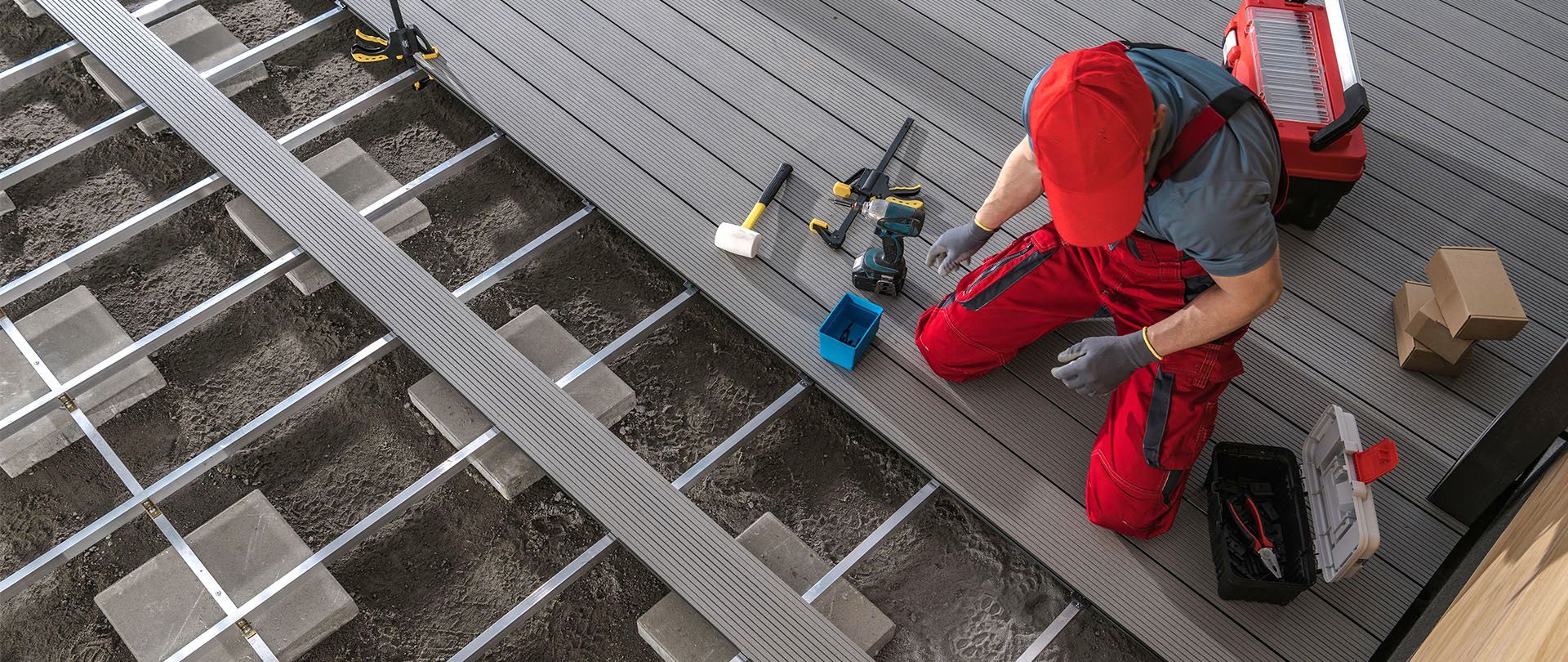
Product Line Overview
TimberTech
- AZEK (PVC): Premium, cooler underfoot, excellent moisture resistance, refined textures and colorways.
- PRO (Capped Composite): Upgraded look/feel and performance vs entry tiers; strong all-around choice.
- EDGE (Capped Composite): Value line, popular colors, budget-friendly.
Trex
- Transcend: Premium look, richer colors and grain with strong stain/fade performance.
- Select: Mid-tier; straightforward color set and dependable performance.
- Enhance: Value line; lighter weight options and budget-friendly colors.
Specs at a Glance (Cheat Sheet)
| Category | TimberTech (AZEK / PRO / EDGE) | Trex (Transcend / Select / Enhance) |
|---|---|---|
| Core | PVC (AZEK) / WPC (PRO/EDGE) | WPC (all lines) |
| Surface Cap | Advanced polymer caps | Polymer caps |
| Heat Behavior | AZEK generally cooler; composites vary by color/finish | Varies by line/color; darker tones run warmer |
| Moisture | AZEK excels in wet/coastal/ground-contact scenarios | Very good; follow venting/clearance guidance |
| Aesthetics | Highly realistic grains, matte options, multi-width (select) | Rich color families, classic trex grain profiles |
| Price Tiering | AZEK (premium), PRO (mid-premium), EDGE (value) | Transcend (premium), Select (mid), Enhance (value) |
| Fastening | Hidden clips, plug/match systems, picture-frame options | Hidden clips, plug systems, picture-frame options |
| Use Cases | Heat, shade, coastal, rooftop, low-clearance | Broad residential use, value builds, classic looks |
Always check current span charts, fastener specs, and code listings for the exact product you select.
Aesthetics & Design
- Color & Grain: TimberTech leans into
natural, low-sheen, wood-like textures (especially on AZEK and higher-end PRO collections). Trex offers recognizable,
vibrant color families and a signature composite grain that many homeowners love.
- Board Formats: Both brands offer
grooved and square-edge boards for hidden or face-fastening, plus
fascia and risers for a finished look. TimberTech has
multi-width options in select lines for custom inlays and borders.
- Design Tricks: Use
picture framing (contrasting border),
inlays, and
LED lighting to elevate the finished space.
Heat, Fade & Scratch Performance
- Heat: In full sun, all synthetics warm up, but
PVC boards (TimberTech AZEK) generally
retain less heat than many WPC composites. Lighter colors also feel cooler.
- Fade/Stain: Both brands’
capped surfaces are engineered to resist fading and staining. Premium lines typically offer the most robust performance.
- Scratch: Higher-end caps (TimberTech PRO/ AZEK; Trex Transcend) often show
better scratch resistance than entry lines. Furniture glides and rugs help, regardless of brand.
Moisture, Mold & Ground-Contact Considerations
- PVC (AZEK) shines in
damp, shaded, or low-clearance conditions thanks to minimal water absorption.
- Capped composites from TimberTech and Trex perform very well when you
maintain drainage and airflow. Use proper
ventilation, flashing, and downspout management to avoid trapped moisture.
Installation & Framing
- Framing Spans: Typical guidance is
16" on center for perpendicular decking and
12" on center for diagonal installs, but always confirm the
exact span rating for your product and layout.
- Hidden Fasteners & Plugs: Both brands provide
clip systems for grooved boards and
color-matched plug systems for face-fastened borders and stairs.
- Expansion & Contraction: Leave
manufacturer-specified gaps. PVC (AZEK) has more thermal movement; plan
seams and breaker boards accordingly.
- Heat-Bending & Curves: With the right equipment and trained crews,
both TimberTech and Trex can be
heat-bent for curves and custom designs.
Cost Breakdown (TimberTech vs Trex Cost)
Rather than quoting dollars that vary by region, availability, and market swings, think in tiers:
- Premium: TimberTech
AZEK (PVC) and
Trex Transcend
You’re paying for aesthetics and top performance (cooler feel for AZEK, rich finishes for both). - Mid-Tier: TimberTech
PRO and
Trex Select
Excellent everyday performance with upgraded finishes vs value lines. - Value: TimberTech
EDGE and
Trex Enhance
Budget-friendly entry to composites with solid durability and popular colors.
Total installed cost depends on: framing upgrades (joist spacing, beams, helical piles on tough soils), borders/inlays, stairs, railing systems, lighting, site access, and labor complexity.
Warranty & Support
Both brands offer strong fade/stain and structural coverage, with terms varying by line (premium lines typically carry longer coverage). Some installers (like us) can register labor warranties on qualifying systems. Always review the fine print (coverage years, exclusions, and what voids a claim) before you buy.
Maintenance & Cleaning
- Routine Care: Sweep debris, rinse periodically, and clean spills promptly.
- Approved Cleaners: Use the
manufacturer-approved cleaning guidance to protect the cap.
- Preventative Tips: Add
mats where you grill, use
furniture glides, and keep leaves/pollen from building up in shaded zones.
Safety & Code
- Slip Resistance: Check
wet/dry slip ratings when selecting for
pool decks and stairs.
- Fire Rating & Code: Certain collections carry
higher fire classifications. Verify local code requirements for
rooftop decks, wildland-urban interface (WUI), or multifamily applications.
Sustainability
- Recycled Content: Both brands leverage significant
recycled material in their capped composites; TimberTech has invested heavily in recycled PVC for AZEK lines.
- Lifecycle Benefits: Long service life + minimal refinishing =
less resource use over time. Ask about
take-back or recycling options for offcuts and tear-outs.
Best Use Cases (By Scenario)
- High-Heat / Full Sun: TimberTech
AZEK (PVC) often feels
cooler underfoot; also consider lighter colors from either brand.
- Coastal / Damp / Low-Clearance: TimberTech
AZEK for superior moisture performance; composites from both brands also perform well with proper ventilation and drainage.
- Pool Decks: Look at
slip ratings, lighter colors, and
heat behavior. Both brands have
great pool-side options—match to your priorities.
- Budget-Conscious Builds:
Trex Enhance or
TimberTech EDGE deliver
low-maintenance at strong value.
- High-End Finishes & Custom Detailing:
TimberTech AZEK and
Trex Transcend, plus
curved borders, cable rail, lighting, and
picture framing.
Accessories & System Matching
- Railings: Both ecosystems include
coordinated railing options (aluminum, composite, cable). For a modern, open look, many of our Connecticut clients love
Feeney cable railing with TimberTech/Trex decks.
- Skirting & Fascia: Match or contrast with dedicated
fascia/stair risers.
- Lighting: Plug-and-play
post caps, step lights, and under-rail LEDs extend evening use and elevate the design.
Real-World Pros & Cons
Where TimberTech Shines
- AZEK (PVC) runs
cooler in many direct-sun scenarios and excels near
water or in
low-clearance builds.
- Natural,
matte textures and
multi-width options enable
luxury design details.
Potential Trade-Offs
- PVC and higher-end PRO collections come at a
premium price.
- Thermal movement requires precise gapping and experienced installers.
Where Trex Shines
- Value and availability: Easy to source, with strong
budget-friendly lines.
- Transcend offers
rich colorways and familiar composite grain many homeowners prefer.
Potential Trade-Offs
- Composites generally
run warmer than PVC in full sun (color choice matters).
- Entry lines may show
wear sooner than premium caps in extreme use.
Decision Guide: Choose by Priority
- “I want the coolest surface and top performance near water.” → TimberTech AZEK (PVC)
- “I want premium looks without going all-the-way premium.” →
TimberTech PRO or
Trex Transcend
- “I want the best balance of cost and durability.” →
Trex Select or
TimberTech PRO (depending on color/finish preference)
- “I’m on a strict budget but want low maintenance.” →
Trex Enhance or
TimberTech EDGE
- “I need coastal/rooftop/low-clearance performance.” → Strong lean toward
TimberTech AZEK
Common Mistakes to Avoid
- Under-framing or skipping required
joist spacing for diagonal/angled installs.
- Tight gapping that ignores
thermal expansion (especially on PVC).
- Mixing incompatible fasteners; always use
approved clips/screws.
- Poor ventilation over patios or membranes; include
airflow and drainage paths.
- Ignoring borders and fascia details, which protect edges and elevate the finished look.
Frequently Asked Questions
Will composite or PVC decking get too hot in summer?
All synthetics warm up in full sun. PVC (TimberTech AZEK) typically runs cooler than many WPC composites; lighter colors help on either brand.
Which is more scratch resistant—TimberTech or Trex?
It depends on the line. Premium caps (TimberTech PRO/AZEK; Trex Transcend) generally outperform value lines. Use furniture glides and rugs in high-traffic zones.
Can I use these boards near water or at ground level?
Yes—with the right product and details. AZEK is an excellent choice for damp, shaded, coastal, or low-clearance applications. With composites, ensure ventilation and drainage per the manual.
How long do the warranties really last?
Both brands offer fade/stain and structural warranties, with longer terms on premium lines. Review each product’s coverage length and exclusions; certified installers can sometimes register labor warranties on qualifying projects.
Our Take for Connecticut Homes
Connecticut gives you sun, shade, snow, and coastal moisture—sometimes in one backyard. For full-sun decks, rooftops, or coastal air, TimberTech AZEK (PVC) is a standout for comfort and moisture resistance. For classic looks and strong value, Trex offers popular colors and reliable performance. Ultimately, the right pick is the one that matches how you’ll use the space, your design style, and budget.
Conclusion & Next Steps
Both TimberTech and Trex are excellent. If you’re prioritizing cooler, premium, and moisture-tough performance, lean TimberTech AZEK. If you want great value and timeless composite looks, Trex belongs on your shortlist. Not sure? We’ll bring full-size samples, walk your yard, and spec the best board, framing, and railing package for your goals.
Outdoor Space Builders specializes in high-end outdoor living across Connecticut—from composite decks and heat-bent borders to cable rail and integrated lighting.
Get a Free Estimate. Tell us how you’ll use your deck, and we’ll recommend the best good/better/best path for your home—installed by our in-house craftsmen and backed by strong product and labor warranties on qualifying systems.

